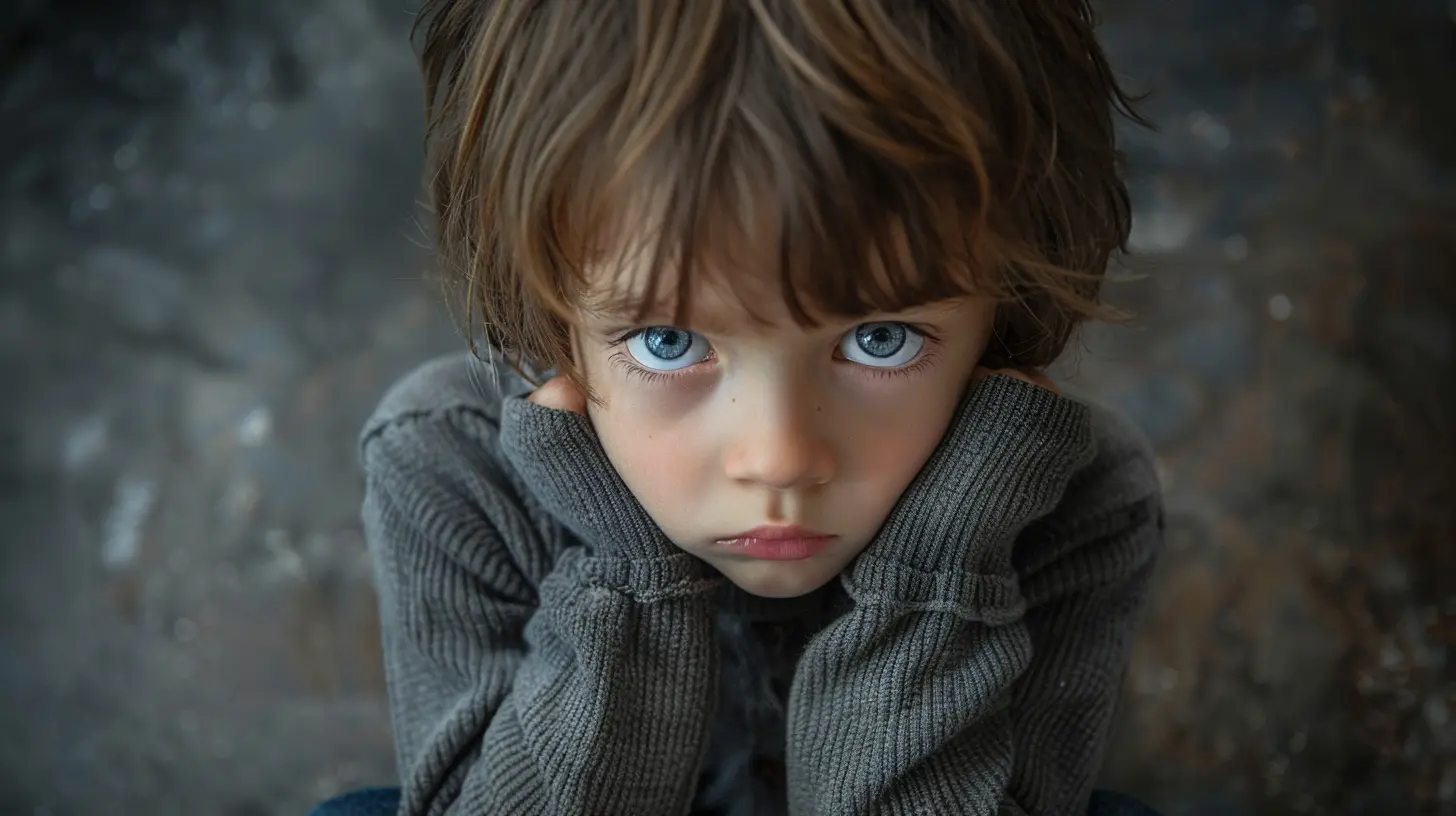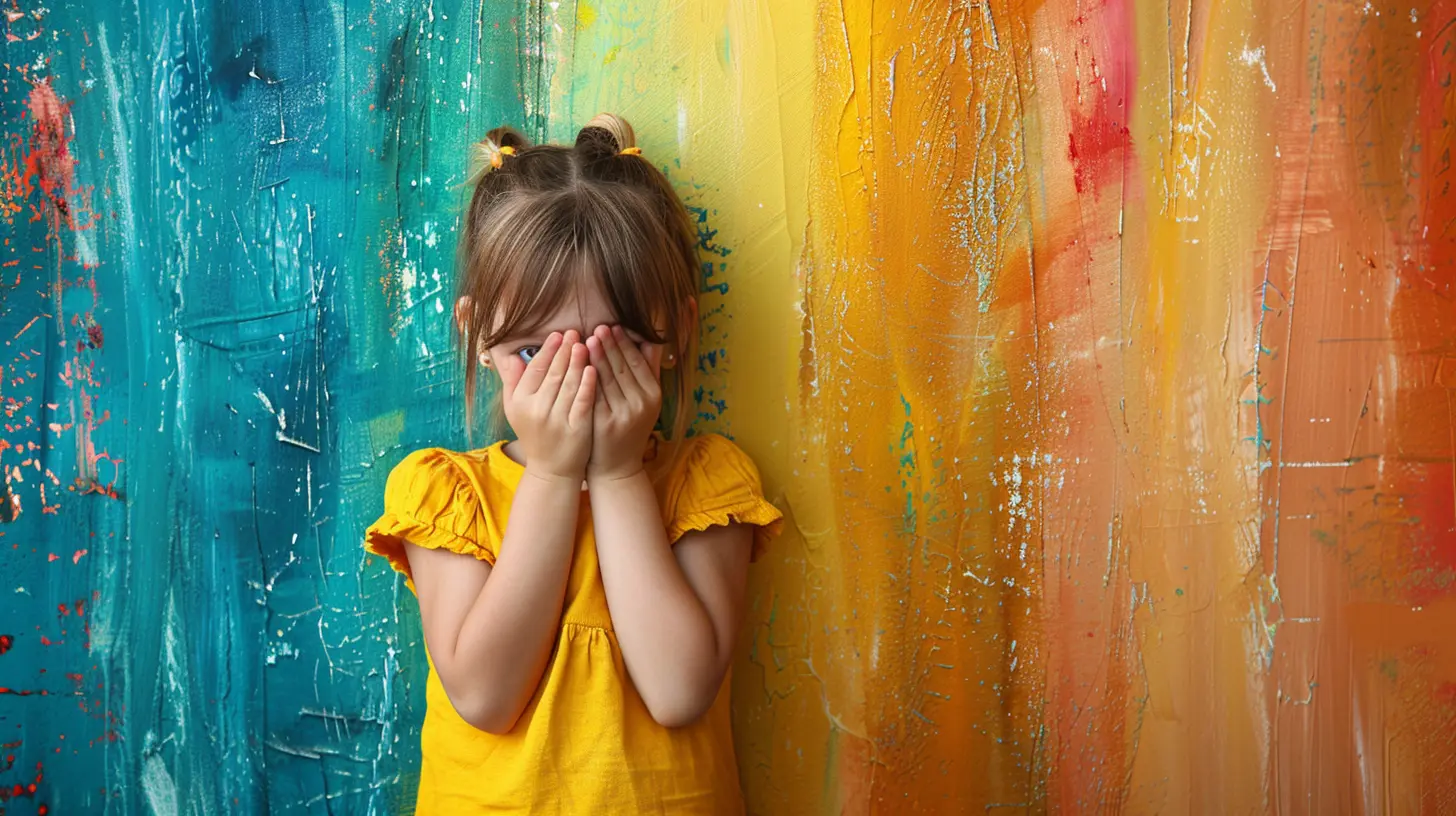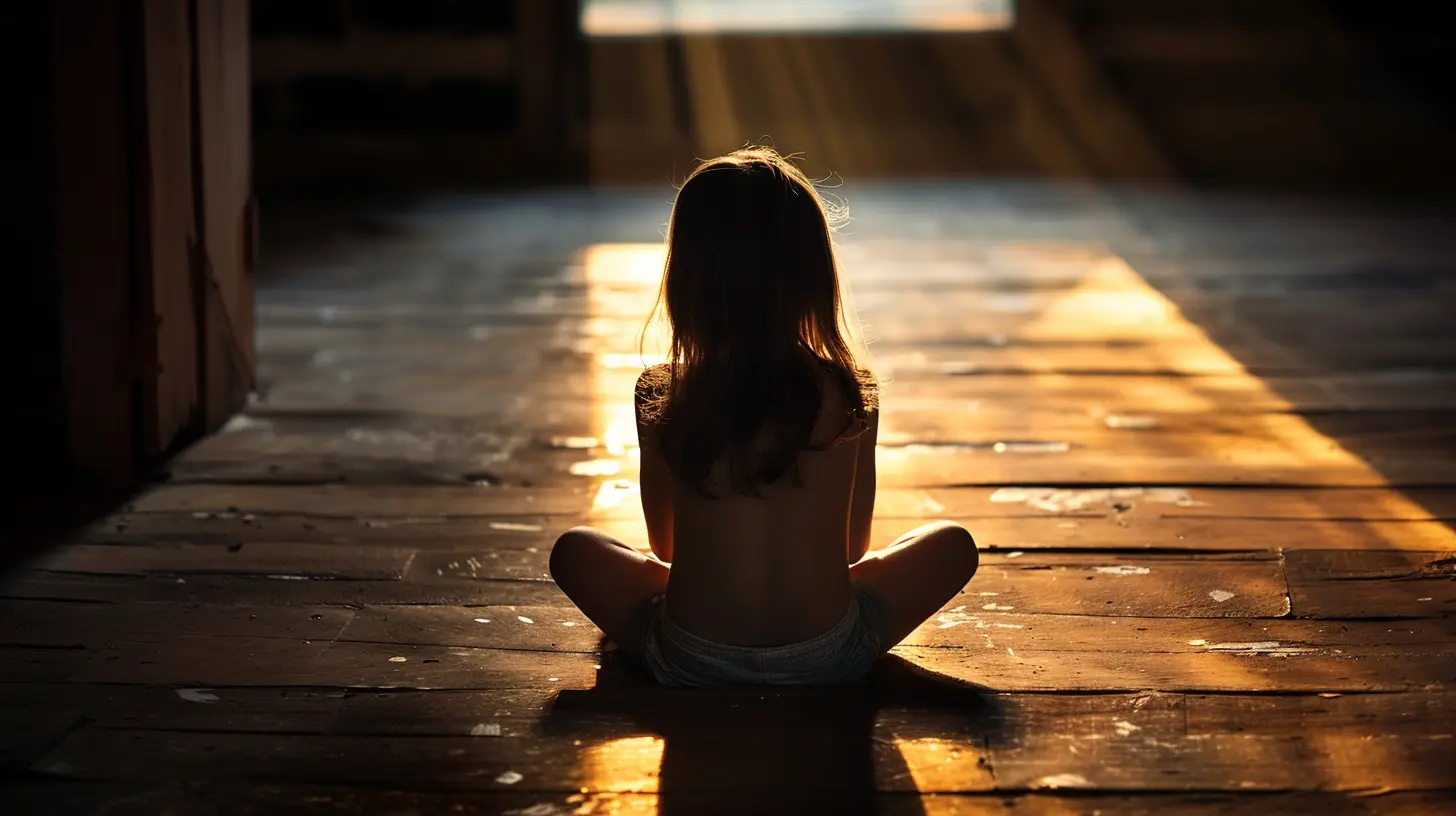Creating a Safe Space for Preschoolers to Explore Their Feelings
26 June 2025
Everything changes once you become a parent. Suddenly, the worries shift from what’s for dinner to something deeper—like how your child is feeling today, or whether they feel safe talking to you. If you’re parenting a preschooler, you already know their world is a whirlwind of emotions. One minute they’re laughing uncontrollably, the next—they’re in tears over a blue cup instead of the red one.
But here’s the deal: those tiny humans have real, big feelings. And the best gift we can offer them? A safe space to explore those feelings without fear, shame, or judgment.
In this article, we’ll walk through what it means to create that kind of safe space. One rooted in love, patience, and understanding. Not perfection. Just presence.

Why Emotional Safety Matters More Than You Think
Let’s paint a picture. Imagine you walk into a new job with no clue how anything works. You make a mistake, and your boss yells at you in front of everyone. Scary, right?That’s how preschoolers feel when they’re not given the space to express themselves and mess up without punishment. Emotional safety is the foundation for everything else—healthy development, good behavior, trust, empathy, and strong relationships.
When kids feel emotionally safe, they are more likely to:
- Communicate openly
- Try new things without fear of failure
- Navigate emotions with confidence
- Show empathy to others
- Build strong self-esteem
It’s not just about minimizing tantrums (though that’s a bonus). It’s about helping them build lifelong emotional intelligence. And it starts with us.

Understand What Preschoolers Are Really Going Through
Preschoolers are figuring out how the world works... and how they fit in it. Their brains are developing rapidly—think 1,000 new neural connections every second. That’s wild!But their language skills are still catching up. They might feel 20 different things but only have three words to describe them. That gap between emotions and expression? It can be the root of a meltdown.
They’re also incredibly sensitive to tone, facial expressions, and body language. So even if we’re saying “you’re okay,” our sigh or furrowed brow might be telling them something else. So understanding their inner chaos is key to creating an environment where they feel safe to open up.

Signs Your Child Feels Emotionally Safe
You might be wondering—how do I know if I’ve created a safe space?Look for signs like:
- They come to you when they’re upset
- They’re not afraid to cry or show frustration
- They talk about their feelings in simple ways
- They ask a LOT of questions (this shows curiosity, not defiance)
- They’re willing to try new activities or talk to new people (even if shy at first)
If your little one is showing these signs, bravo. You’re doing something right.

Build Trust Through Simple, Everyday Moments
Creating emotional safety isn’t about having big heart-to-hearts every day. It’s built in the tiny moments—how we respond when juice spills, how we speak during a tantrum, how we greet them after daycare.Here are a few simple things that go a long way:
1. Let Them Feel All the Feels
Yes, even the inconvenient ones. When a preschooler is mad or sad, don’t rush to fix it. Instead, get down to their level and name the feeling: “You seem really sad right now. That’s okay. I’m here.”Naming emotions helps them learn how to identify and manage their own feelings later. It's like giving them labels for their emotional toolbox.
2. Validate Before You Redirect
It’s tempting to jump straight to problem-solving. But before offering solutions or consequences, pause and validate: “It’s hard when your turn ends, huh?” This tells them their feelings make sense, even if their behavior needs guidance.3. Create Predictability
Preschoolers thrive on routine. It makes their world feel safer. Knowing what’s coming next takes away some of the anxiety—and less anxiety means fewer emotional outbursts.So whether it’s a bedtime routine or a goodbye ritual in the mornings, those predictable moments become anchors in their day.
Make Your Home a Feelings-Friendly Zone
Just like we baby-proof our homes to protect them physically, we can also set up our environment to support emotional safety.1. Use Books That Talk About Emotions
There are so many amazing children’s books out there that explore feelings in gentle, relatable ways. Reading together not only deepens your bond but gives your child a language for their emotions.Some favorites include:
- "The Color Monster" by Anna Llenas (great for sorting emotions)
- "When Sophie Gets Angry—Really, Really Angry" by Molly Bang
- "In My Heart" by Jo Witek
Make time for these stories. They work like little emotional flashcards.
2. Create a “Calm Corner”
Instead of time-outs that feel like punishment, set up a cozy calm-down space with pillows, books, stuffed animals, or sensory toys. Think of it as a mini sanctuary where they can re-center and regulate themselves.Let them help decorate it. When they’re overwhelmed, remind them it’s there—not as a place to be sent, but as a tool they can use.
3. Encourage Feeling Words Through Play
Play is your preschooler’s language. Use dolls, puppets, or even stuffed animals to act out different emotions and practice responses.For example:
- “Mr. Bear is really sad because Bunny wouldn’t play with him. What can we do to help him feel better?”
Doing this gives your child the distance they need to explore tricky feelings without being in the hot seat.
Your Reactions Matter More Than You Think
We all lose our cool sometimes. Trust me, you don’t need to be a saint to raise an emotionally healthy child. But here's the truth: the way you react to your child’s big feelings teaches them how to react to their own.If you stay calm during their meltdown, you’re modeling resilience. If you snap and later apologize, you’re modeling accountability. Either way, they’re watching—and learning.
So when you feel yourself heating up, try this:
- Take a deep breath (or two)
- Get on their level and use a quiet, calm voice
- Say how you are feeling, too: “I’m feeling frustrated, so I’m going to take a deep breath”
This moment teaches both regulation and empathy in one go.
Set Clear Boundaries, But with Love
Here’s the secret sauce: boundaries + empathy = emotional safety.Kids need limits. It helps them feel secure. But those limits don’t need to be harsh or cold. They can be kind and clear.
Try saying things like:
- “I won’t let you hit, even when you’re mad. Let’s figure out another way to get the anger out.”
- “It’s okay to be upset. It’s not okay to scream at me. Let’s use our calm-down voice.”
This approach respects their feelings while also teaching acceptable behavior. You’re not ignoring the emotion—you’re guiding how it’s expressed.
Don’t Be Afraid to Get Help
Sometimes, kids have BIG feelings they don’t know how to handle. Anxiety, sensory sensitivities, or trauma can all play a role. If you think your child is struggling beyond the usual preschool ups and downs, it’s okay to reach out.Therapists trained in play therapy or child development can help both you and your child build tools that last a lifetime. And seeking help doesn’t mean you’ve failed. It means you care enough to do what’s best for your child.
Be Their Safe Harbor
At the end of the day, the goal isn’t to avoid all tantrums or tears. The goal is to be the one place your child knows they can always come back to. Like a lighthouse in a storm, your presence should feel like home.Even when they push back. Even when they test limits. Even when they say, “Go away!”
Because when they know you’ll stay, no matter the emotional weather? That’s when they feel truly safe.
Final Thoughts
Raising an emotionally strong child isn’t about getting everything right. It’s about showing up, over and over again, with love and patience. About letting your child know that all their feelings—yes, even the loud, messy ones—are welcome.So keep talking. Keep hugging. Keep holding space for the storm, knowing the sun is just behind the clouds.
And remember: you’re not just raising a child. You’re raising a future adult who will learn to listen to their heart, speak their truth, and make the world a softer place—because you made safety their first language.
all images in this post were generated using AI tools
Category:
Parenting PreschoolersAuthor:

Max Shaffer
Discussion
rate this article
2 comments
Victoria Fisher
Creating a safe space for preschooler feelings? Just remember: their biggest crisis might be a missing crayon. Embrace the chaos and prepare for some serious drama over snack time decisions—because feelings are serious business, folks!
October 2, 2025 at 4:17 AM

Max Shaffer
Absolutely! Embracing their emotions, even over a missing crayon, helps preschoolers feel validated and understood. It's all part of their learning journey!
Zaren Morrow
Vital for healthy emotional growth.
July 7, 2025 at 5:04 PM

Max Shaffer
Absolutely! Providing a safe space fosters emotional expression and resilience in preschoolers.


